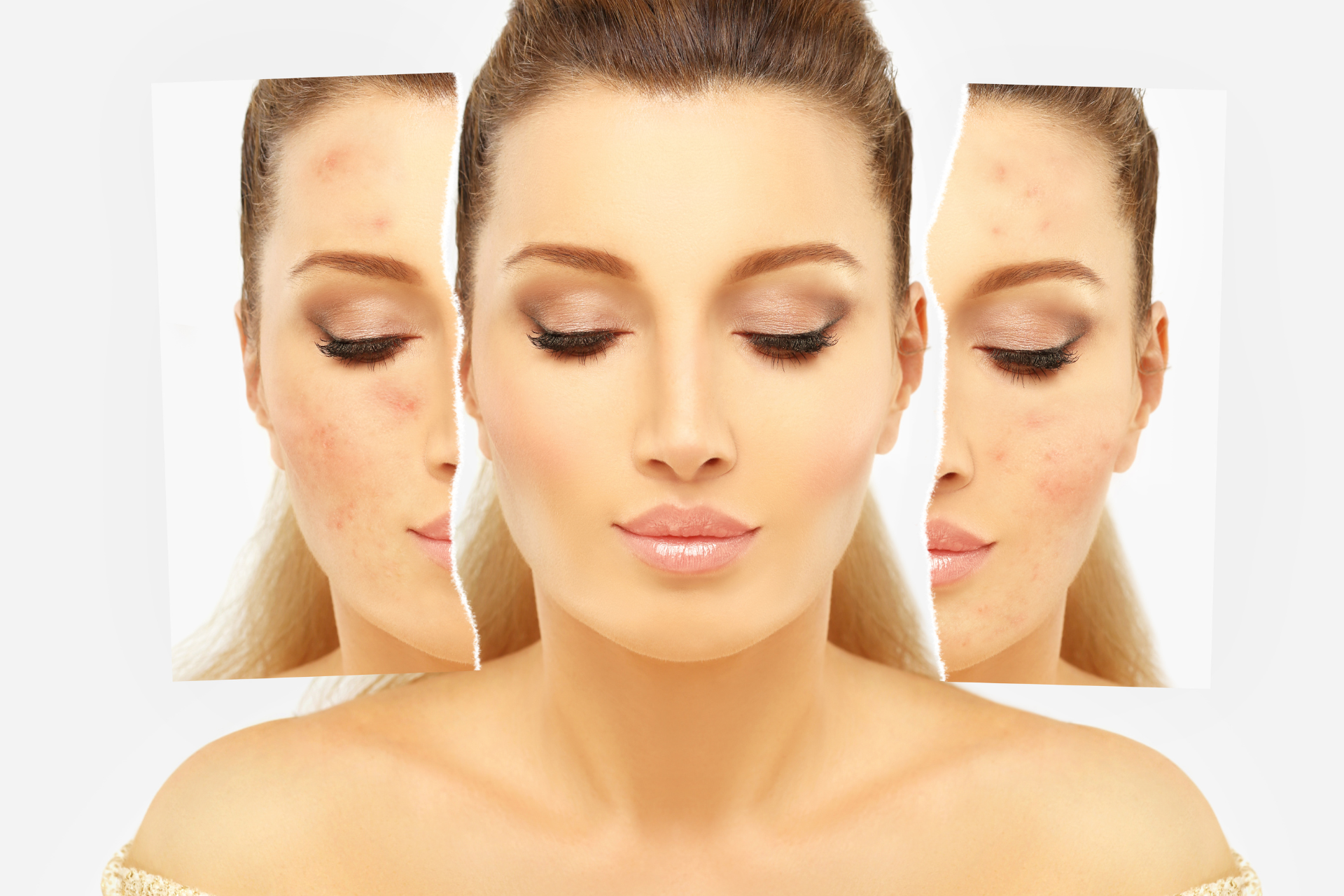Why You Shouldn’t Ignore Skin Changes: Signs That Warrant a Doctor's Visit

Your skin is a reflection of your overall health, and changes in its appearance can often signal underlying issues. At Fall Creek Skin and Health Clinic, we emphasize the importance of paying attention to your skin. While it’s normal for skin to change over time, certain signs and symptoms should not be overlooked. Here’s why you should take notice and when it's time to seek medical advice.
Common Skin Changes to Watch For
1. New Moles or Changes to Existing Moles
Moles can be benign, but changes in size, shape, color, or the appearance of new moles can be flags for skin cancer. The ABCDE rule can be helpful: Asymmetry, Border irregularity, Color that is not uniform, Diameter larger than 6mm, and Evolving in size, shape, or color. If you notice any of these changes, it’s crucial to schedule a visit with a dermatologist.
2. Persistent Itchiness
While itching can often be attributed to dry skin or allergies, persistent itchiness that doesn't resolve can be a sign of more serious conditions, including eczema or an autoimmune disorder. If over-the-counter treatments don’t help, seeking professional advice is essential to determine the cause and appropriate treatment.
3. Unexplained Rashes
Rashes can arise from a variety of factors, including allergies, infections, or underlying health issues. If you develop a rash that is persistent, spreading, or accompanied by other symptoms such as fever or swelling, it’s essential to consult a healthcare professional for an accurate diagnosis and treatment plan.
4. Changes in Skin Texture
If you notice rough patches, thickening skin, or a loss of elasticity, it may indicate conditions like psoriasis or other dermatological issues. These changes can sometimes be linked to lifestyle factors, hormonal changes, or more serious health concerns.
5. Wounds that Won’t Heal
A cut or sore that hasn’t healed after a reasonable amount of time could indicate an infection or even diabetes. It’s important to have unhealed wounds evaluated by a medical professional to prevent complications.
6. Skin Growths
Any new growths or lumps should be examined, especially if they are painful, bleed, or change in appearance. Conditions like lipomas or cysts are generally harmless, but it’s always best to check with a doctor to rule out any serious conditions.
7. Extreme Changes in Color
Sudden changes in skin color or the appearance of dark patches can be alarming. Conditions such as melasma, liver spots, and even skin cancers can manifest as discoloration. It’s advisable to consult a healthcare provider to determine the cause.
Taking Action
Ignoring skin changes may lead to delayed diagnosis and treatment, which could worsen underlying conditions. Regular skin checks at home, along with annual visits to Fall Creek Skin and Health Clinic, can help catch potential issues early.
Our clinic serves patients of all ages, providing services for both skin-related problems like acne, moles, and skin cancer, as well as general health issues. We are committed to offering affordable care that prioritizes your health and well-being.
If you’ve identified any concerning skin changes, don’t hesitate to reach out to us. Your skin deserves attention, and we’re here to help you maintain not only its health but also your overall well-being. Remember, it’s always better to be safe than sorry — your skin will thank you!




